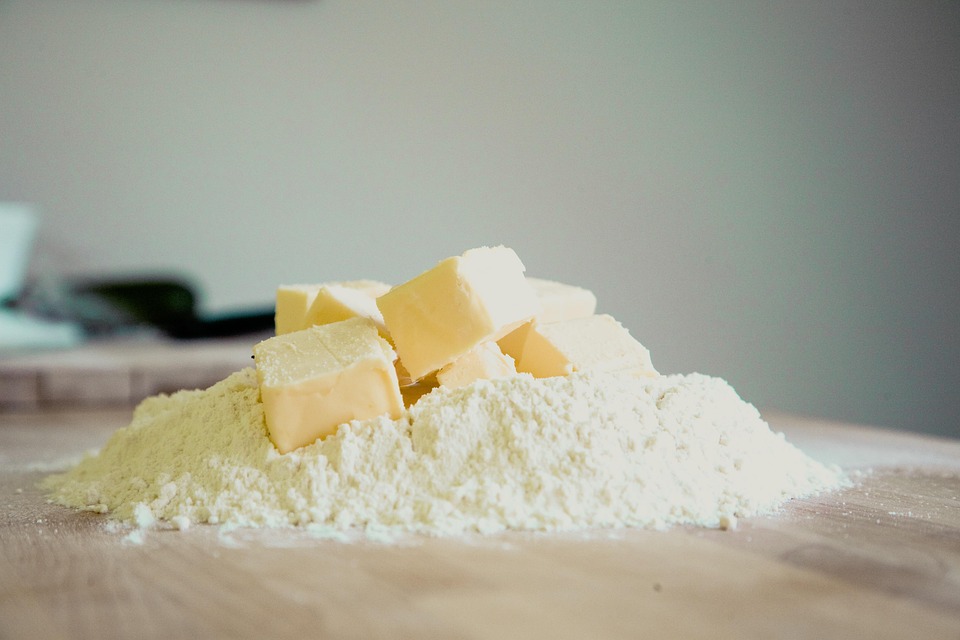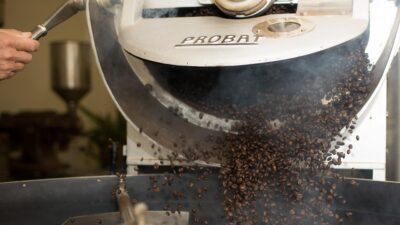Baking transcends borders, culture, and time, serving as a universal language of comfort and creativity. Around the globe, diverse ingredients and techniques come together, creating a delicious tapestry of baked goods that tell unique stories. From the golden crusts of French pastries to the sweet, spiced breads of Middle Eastern cuisine, let’s embark on a journey to explore some of the world’s most intriguing baking traditions.
Europe: The Cradle of Breads and Pastries
France
No exploration of baking traditions would be complete without France, the epicenter of patisserie. The French baguette, with its crusty exterior and fluffy interior, is not just a staple—it’s a symbol of national identity. Croissants, puff pastries filled with rich chocolate or almond paste, showcase the art of laminating dough. The French emphasize texture and flavor, often using high-quality butter and precise techniques to achieve culinary perfection.
Italy
Italy boasts its own impressive array of baked goods. The rich, sweet bread known as Panettone is a seasonal favorite, particularly around Christmas. Originating from Milan, this dome-shaped delight is filled with raisins and candied fruits, representing the country’s rich agricultural heritage. Additionally, focaccia—brimming with olive oil, herbs, and sometimes olives or tomatoes—offers a savory alternative that showcases Italy’s love for earthy flavors.
Middle East: A Fusion of Spices and Textures
Turkey
In Turkey, the art of baking takes center stage with its famous baklava. This sweet pastry, made of layers of thin phyllo dough, stuffed with nuts and drizzled with honey or syrup, is a celebration of both texture and sweetness. The Turkish Simit, a sesame-covered bread similar to a bagel, highlights the simplicity and essence of the country’s baking heritage.
Persia (Iran)
In Iran, traditional baking produces sweets like Nan-e Berenji, delicate rice flour cookies often flavored with cardamom or rosewater. Sugar, nuts, and spices are common in Persian desserts, reflecting the region’s agricultural bounty. Iranian bakers emphasize balance in flavor, and their techniques often span generations.
Asia: A Harmony of Ingredients and Technique
Japan
Japanese baking uniquely intertwines with the country’s culture, and its signature offerings include the fluffy, pillowy Shokupan bread. This soft milk bread serves as the foundation for numerous dishes and demonstrates Japan’s pursuit of perfection in texture. Furthermore, the matcha-flavored pastries and cakes highlight a harmonious blend of Westerner baking styles infused with local ingredients.
China
In China, the variety of baked goods is astounding, from flaky mooncakes filled with lotus paste to steamed buns known as Baozi. These treats often symbolize family gatherings and celebrations, with mooncakes traditionally served during the Mid-Autumn Festival. The Chinese embrace community in the act of baking, showcasing that food often serves a purpose beyond sustenance.
The Americas: A Patchwork of Cultures
United States
The United States is a melting pot of baking traditions, with regional specialties reflecting the diverse cultural backgrounds of its people. From the classic Apple Pie—a nod to European settlers—to cornbread in the South and the rich chocolate cakes of the East Coast, American baking is characterized by innovation and a spirit of experimentation.
Latin America
Latin American baking features an array of sweet treats, with Pan de Muerto from Mexico celebrating the Day of the Dead and the Brazilian Pão de Queijo providing a delightful cheese bread experience. Each baked item tells a story, often interwoven with rituals, celebrations, and family gatherings.
Conclusion: A Shared Global Legacy
Baking is an art rooted in tradition, but it is incredibly adaptable, with each culture imprinting its flavors, techniques, and stories onto dough and batter. As we explore the world of baking, we find a shared legacy overflowing with flavor and creativity. Whether you’re savoring a slice of German Black Forest cake or indulging in Indian naan, each bite deepens our understanding of the intricate tapestry that connects humanity through the simple act of sharing food. So the next time you knead dough or pull a loaf from the oven, remember that you are participating in a global tradition that has the power to unite us all.



